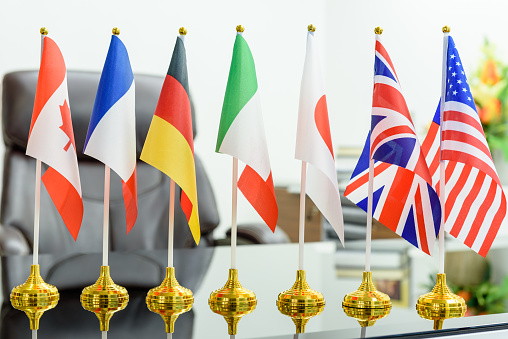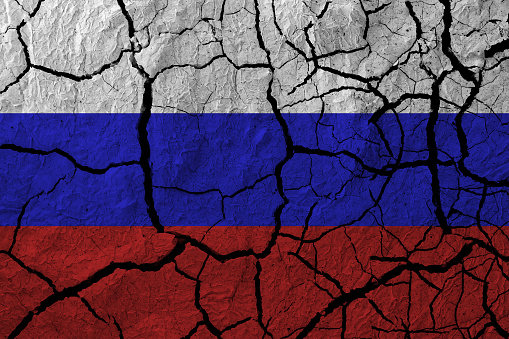The State of Japan’s Economy
Throughout history, Japan has exploited many kinds of natural resources and resorted to imports for most of them. During the post-war era, many types of metal-bearing ores were imported due to low grade of local deposits. In addition, the country has vast and varied forests covering about 70 percent of its territory, but political decisions and environmental concerns have prevented the nation from utilizing these resources extensively. In contrast, the country’s most developed resources are fishing and agriculture.
Productivity problems
Japan’s economy is experiencing productivity problems, which are not easily remedied through policies. One of the main reasons is the long working hours of its workers. In order to address the productivity problem, the country must take action to eliminate or reduce the factors that limit productivity. In other words, the government must focus on solving these problems first, before considering policy measures.
In Japan, productivity growth has lagged behind other developed economies, especially in the United States and Europe. The population is dwindling, and the country will have to rely more on its productivity to carry the weight. Nevertheless, there are some positive steps Japan can take to improve its productivity.
Productivity is the ratio between inputs and output. Low productivity lowers wages, which in turn hampers the central bank’s efforts to boost inflation. Ultimately, Japan’s economy needs higher productivity to spur foreign investment and competitiveness. This in turn will improve its GDP. However, in the meantime, Japan’s economic growth will remain weak.
Although productivity is the key to economic success, it is not the only determinant of economic prosperity. In fact, productivity is one of the most important factors for economic prosperity and wages. But many people mistakenly think that the United States was the world’s most productive economy. Japan never “caught” the United States in terms of economic productivity. It had an impressive growth period between the 1950s and the 1970s.
Overregulation is a key factor behind Japan’s high production costs. Many people spend their time complying with government regulations instead of doing productive work. The result is that Japan’s consumers pay a high price for their goods.
Dependence on imported raw materials
Japan’s economy depends heavily on imports of industrial raw materials and essential commodities. In the past five years alone, Japanese consumers have paid more than $600 million for imported food, and about $650 million for textiles. In 1956, Japan imported $1.5 billion worth of industrial raw materials.
The reasons for Japan’s rapid economic growth can be attributed to a number of factors. First of all, the increase in health and educational attainment improved labor quality. In addition, investments in manufacturing reduced Japan’s dependence on agriculture. Furthermore, improvements in knowledge and infrastructure also increased economic growth.
After the war, Japan’s exports increased by 172 percent. In addition, the country’s population increased by seventy million. Yet, even though Japan’s exports rose, the increase in imports far exceeded the growth in exports. In 1956, imports of raw materials accounted for almost half of Japan’s total foreign exchange surplus, despite the fact that its exports were up by 25 percent. Despite its soaring exports, Japan’s trade deficit with the rest of the world widened to $641 million. The deficit in commodity trade was offset by the sale of yen to American military personnel in Japan, military supply orders, and $124 million in purchases by third countries that received United States aid.
While the Japanese are aware of their reliance on imported raw materials and other natural resources, they don’t always focus on global issues. Nevertheless, the Japanese take the issue of global economic relations seriously.
High production costs
The Japanese economy has experienced very high growth in the past half century due to the low taxes and low levels of government intervention. However, the economy slowed significantly after the asset price bubble collapsed in the late 1990s. The result was that the country ran massive budget deficits, adding trillions of Yen to the financial system and funding large public works programs.
Although Japan has many deposits of metals and minerals, it is completely dependent on foreign sources to produce many products. For example, it imports most of its copper, iron ore, and bauxite. It also imports a variety of forest products. As a result, the country’s exports are extremely low as a percentage of its GDP. In addition, the government’s policies have hampered the country’s competitiveness in international trade.
However, the Japanese economy is far from outperforming the United States, which is a major economic power. It will probably remain one of the world’s leading economies, but it will need to undergo substantial changes as it enters the twenty-first century. This will not be an easy process, but it is a testament to the adaptability of the Japanese people. Whether the nation can adapt to the challenges that lie ahead will be a key question in the next few years.
Japan’s high production costs and slow productivity growth are a long-term issue for the Japanese economy. But these problems can be solved by lowering labor costs and increasing productivity. The key is to balance these two goals. The economy has to remain globally competitive while lowering costs.
Economic structure
The economic structure of Japan has changed little since the end of World War II. Its balance between small-scale and large-scale industry, as well as the proportion of heavy and light industries has remained stable. However, the political structure has changed. The military has become an increasingly powerful element in the country’s economy, while the aristocracy has become a more passive figure.
The industrial sector is highly diversified and involves the production of basic goods as well as high-technology goods. Japan is one of the world’s leaders in the automotive, robotics, biotechnology, nanotechnology, and renewable energy sectors. It is also home to several of the world’s largest companies that produce electronic products. The country’s industrial sector has also become synonymous with technological sophistication. It is the world’s third largest producer of cars and second largest producer of ships. The country’s industrial sector contributes around 28% of GDP, and employs nearly 24 percent of its labor force.
The economic structure of Japan is deeply interconnected with other countries and developing areas. The economic growth of Japan depends on friendly relations with the rest of the world. By extending economic cooperation with other countries, Japan will be able to enjoy peace and prosperity in a long-term manner. Moreover, this economic cooperation will also strengthen its friendship with other developing countries. As a result, it is imperative for Japan to continue this collaboration.
The ruling class in Japan has changed the economic structure of the country. These changes have altered the social relations in the country. The ruling class has repressed the people and distorted their political system.
Barriers to reform
The United States and other countries have been pressing for deregulation to improve Japan’s economy. These efforts began with the establishment of the US-Japan Framework for New Economic Partnership in April 1993. The Japanese government was further pressured to de-regulate through the establishment of the Provisional Council for Promotion of Administrative Reform. The council confirmed implementation of the Second Administrative Reform Council’s Final Report and proposed a policy to reduce public regulation by half over ten years.
In the 1970s, environmental pollution became an issue in Japan. As a result, the social contract in Japan shifted rapidly. In the early part of the century, agricultural and industrial economies heavily relied on labor efficiency. In industrialized economies, labor efficiency is the biggest contributor to export propensity. Hence, labor efficiency is a key factor in the economic growth of the most developed nations.
Japan’s economy is facing several structural challenges. The country’s labor force is aging and its competitiveness is declining. Those challenges require the creation of a corporate environment that is more attractive to global investors and fosters corporate creativity. The Commercial Code and the Financial System are both important in fostering partial fluidity in employment. In addition, Japan’s vast savings are not fully utilized, in part due to poor competition among financial institutions and a lack of diversity in financial services. Furthermore, the corporate bond market in Japan is not functioning properly.
The Japanese government viewed the establishment of large corporate entities as the best route to global prosperity. As a result, the Japanese government’s policy of expansion was adopted. This policy helped the country to develop a large standing army, which provided both government employment and a secure buyer for Zaibatsu.



